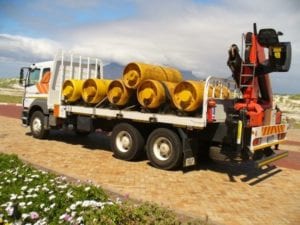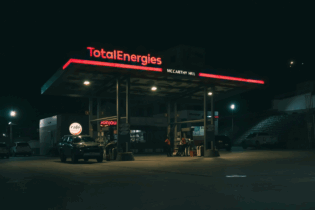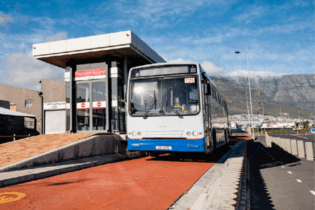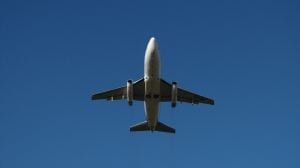South Africa intends to build a new railroad for coal exports linking Mahalapye, the centre of Botswana’s coalfields, through the Limpopo Waterberg to the sea as the country seeks to buttress its rail infrastructure dominance in southern African.
According to the South African media, state-owned Transnet Freight Rail (TFR) is currently conducting a feasibility study for a coal railroad linking South Africa and the Mmamabula coalfields. The study is expected to be completed by the end of the current financial year, paving way for a rail project that has been seen by industry sources as an attempt to undermine Botswana’s ambitious plans to build its own railroad either through Namibia or Mozambique. “Currently there is no rail infrastructure that crosses from Lephalale into Botswana, the idea is to build the link near the Stockpoort border post to link to Mahalapye or further south to link to Mmamabula,” Transnet Freight Rail executive manager of planning, Deidre Strydom told Reuters last week. The rail link, which would have a capacity of 80-million tonnes a year when complete, is expected to form part of SA’s heavy-haul expansion in Limpopo’s Waterberg coalfields to bring coal from Botswana for export. The line would run from the southern end of the Waterberg reserve to the northern side of the Botswana-run network to open the Mmamabula coalfields, and possibly the reserves located across the Zimbabwean border. Strydom added that the coalfields in Botswana are among many drivers of the expansion of rail capacity in the Waterberg and they have engaged with Botswana Railways to discuss the rail link.South Africa’s plans to build a rail line linking itself to the heart of Botswana coalfields is likely to raise eyebrows in Gaborone as it comes at a time when Botswana is itself exploring options to build its own rail line either through Namibia or Mozambique to reach the lucrative Asian coal export markets. With 210 billion tonnes of coal resource, Botswana is aggressively looking at exporting as much as 90 million tonnes annually either through Mozambique or Namibia, an export industry larger than that of South Africa’s 70 million tonnes in 2010. While the east or west decision is still pending, indications are that the Ponta Techobanine route, which avoids South Africa completely, is likely to be the most viable option as not only are most of Botswana resources on the eastern side of the country but the markets are also in the same direction.
There are currently four known very large multi-billion tonne coal deposits on the eastern edge of the Central Kalahari Karoo Basin in Morupule, Mmamabula, Sese and Mmamantswe. As a result, the SA rail project to link Mmamabula coalfields to the Waterberg infrastructure has been viewed by industry insiders as power play tactics meant to undercut Botswana’s rail initiatives. In an article published in Mmegi early this year research fellow at BIDPA, Professor Roman Grynberg said that whether Botswana takes the Mozambique or Namibia route is less important than having its own independent national rail capacity. “What Botswana’s new railroad must do is provide competition to the Port of Durban and the South African railroad system and not be part of it. If transport economics teaches us anything, it is that more railways also lower the cost of road transport and there is probably no greater commercial barrier to Botswana’s economic diversification than the high cost of transport from the coast,” wrote Grynberg. Source: http://www.mmegi.bw







